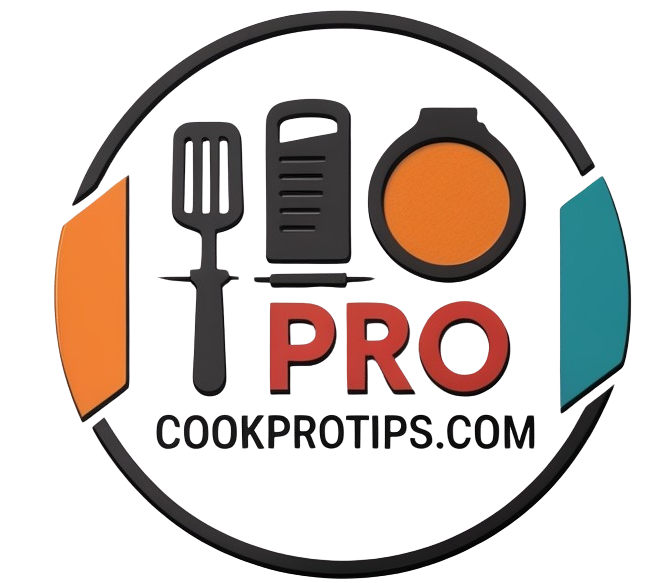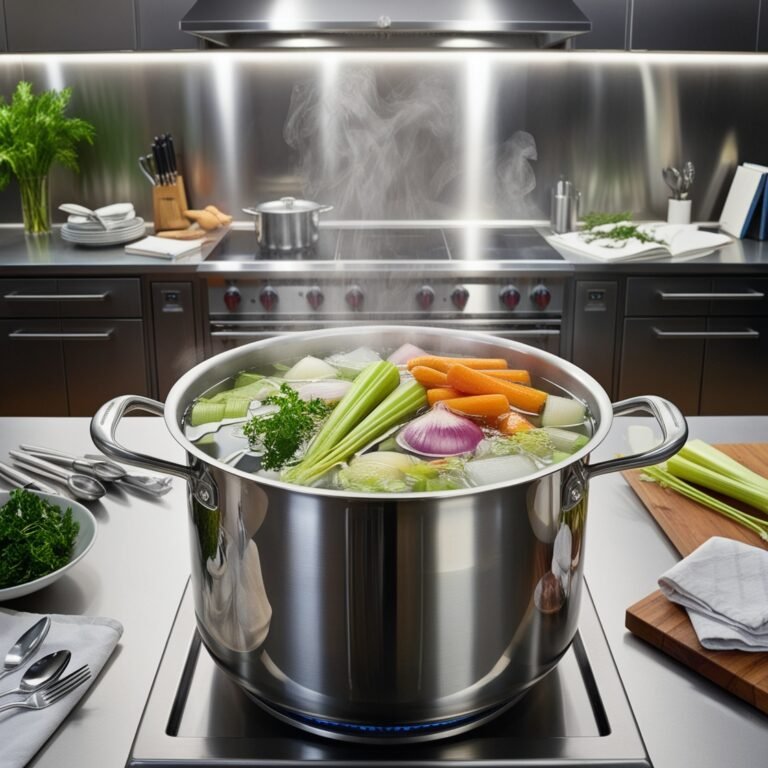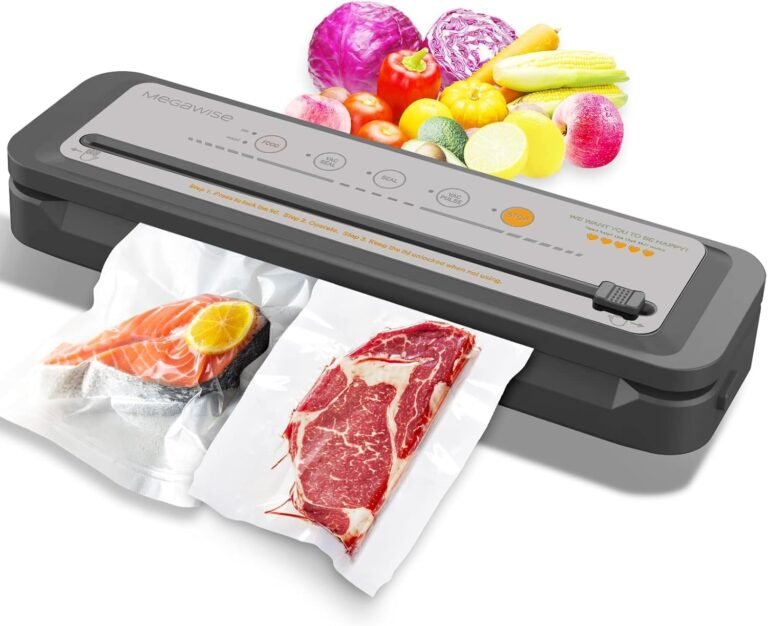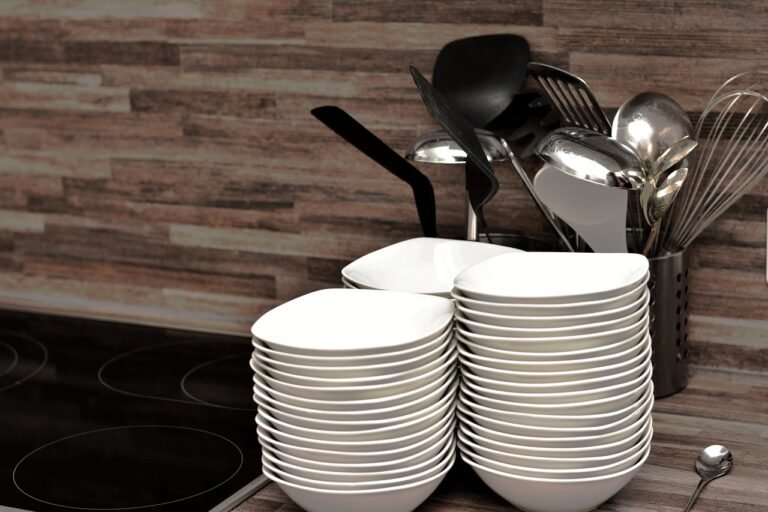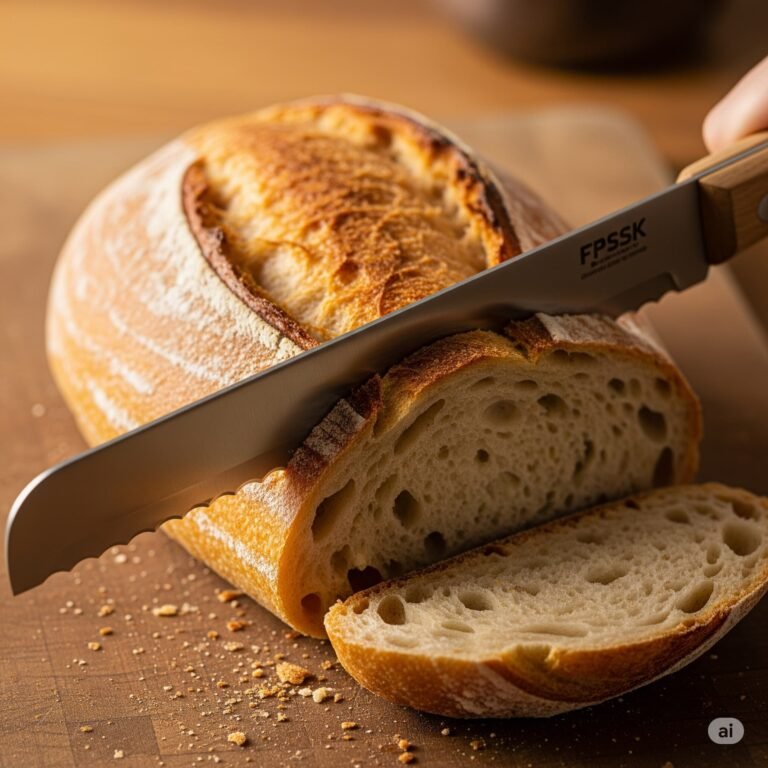How to properly hold a kitchen knife
The Importance of Proper Knife Grip
Holding a kitchen knife correctly is fundamental to ensuring safety and efficiency in culinary practices. A proper knife grip allows for enhanced control over the blade, which translates to increased precision in cutting. When a chef maintains a secure grasp, it minimizes the risk of slipping, thereby preventing accidents that could lead to injuries. Mastering this grip is essential not only for amateur cooks but also for seasoned professionals who rely on knives for intricate tasks.
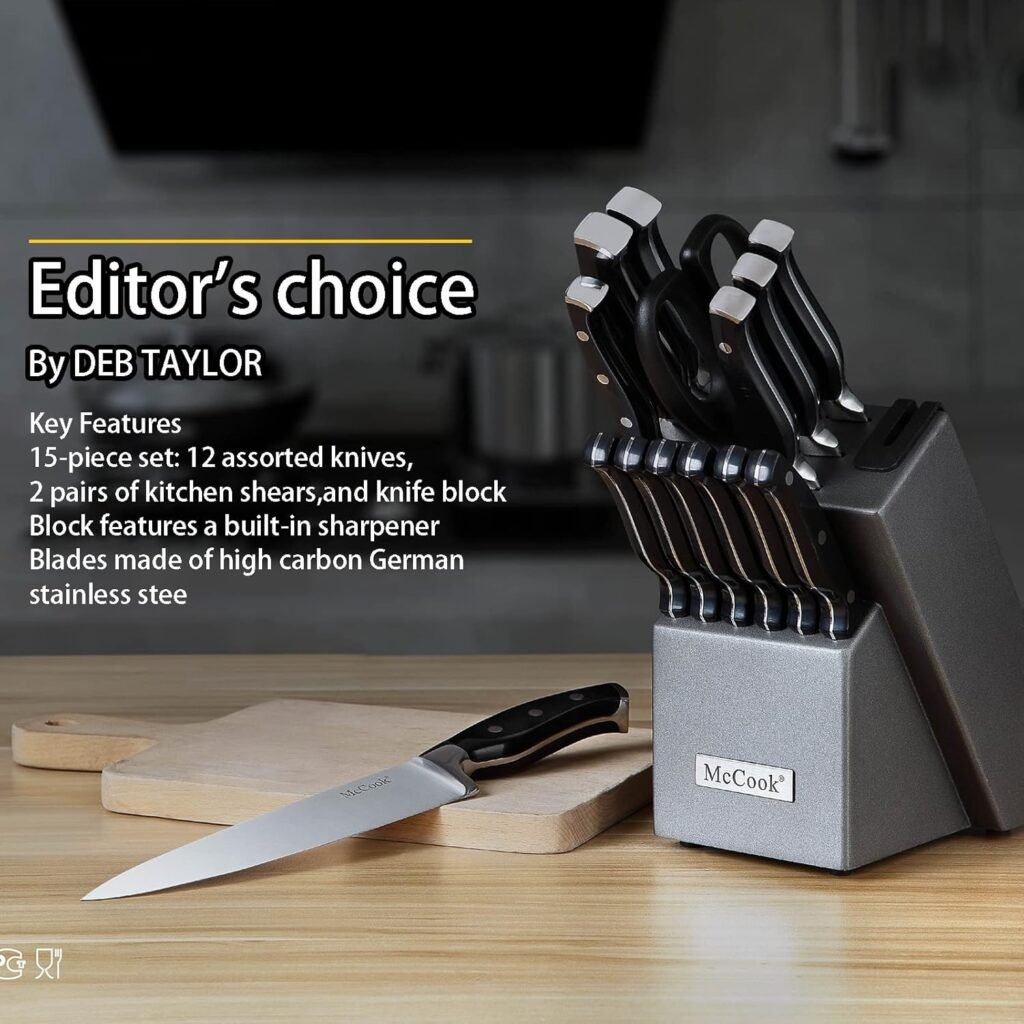
Moreover, using a correct grip fosters confidence while working in the kitchen. This confidence is paramount for timely meal preparation, as it allows the cook to focus on the food rather than worrying about potential hazards. An improper grip, on the other hand, can lead to mishaps and inefficiencies during food preparation, resulting in wasted time and undue stress. Additionally, fatigue may set in more quickly when a chef struggles with grip, leading to a decrease in productivity.
There are a variety of techniques to achieve a proper knife grip, and practicing these methods is highly recommended for anyone looking to improve their cooking skills. For instance, the pinch grip is often favored among professionals, where the thumb and index finger hold the knife blade while the remaining fingers wrap around the handle. This technique offers a solid balance and allows for better maneuverability, contributing to more precise cuts and reduced risk of fatigue. Another method to explore is the handle grip, where the entire palm envelops the handle, providing strength for cutting through tougher ingredients. Both grips, when performed correctly, facilitate not only safety but also efficiency in your culinary endeavors.
You may also like: Top 4 Chef Knife Sets
Different Types of Knife Grips and Their Uses
When it comes to mastering the art of holding a kitchen knife, understanding different grips is fundamental. Each grip style serves unique purposes and offers various advantages in terms of control, speed, and precision during food preparation. Here, we will delve into some of the most common types of knife grips: the pinch grip, the handle grip, and the triple-finger grip.
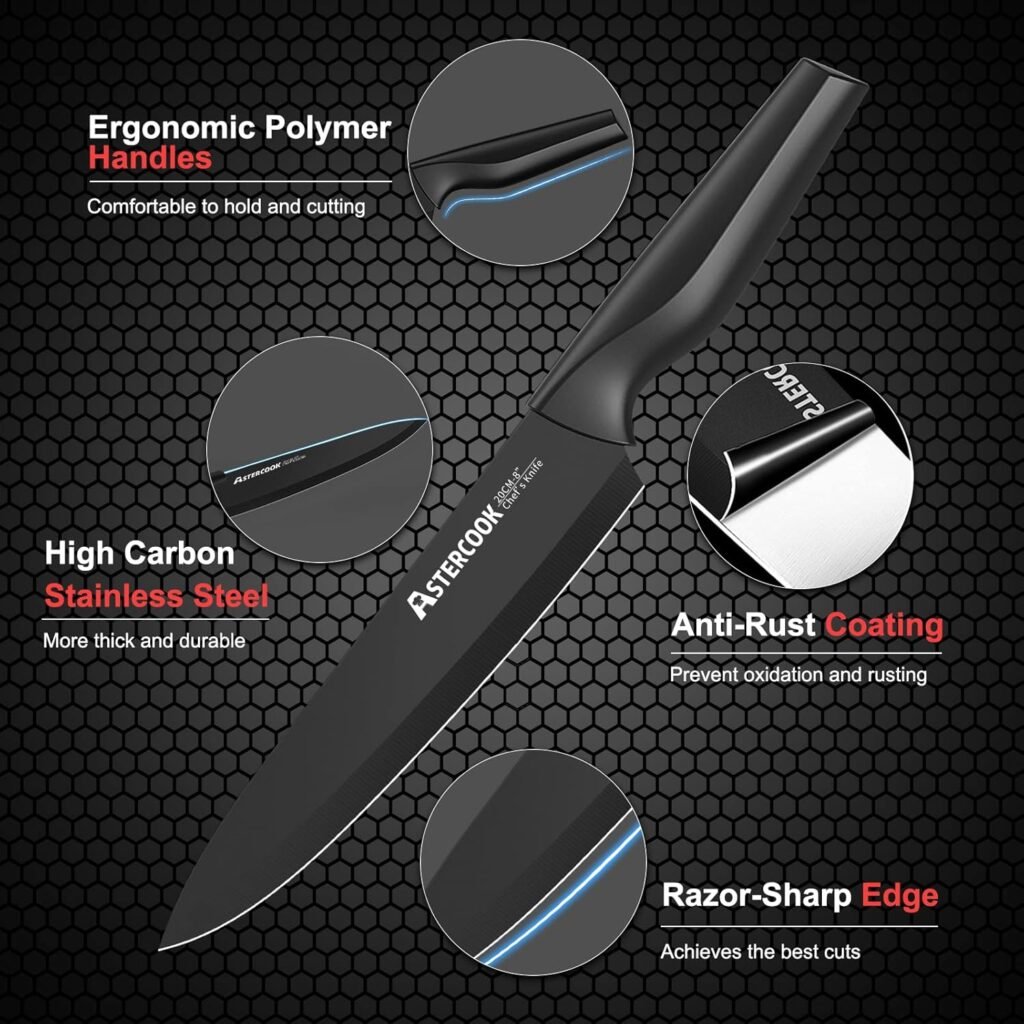
The pinch grip is widely recognized as one of the most effective grips among professional chefs. In this style, the thumb and the index finger pinch the blade, while the other fingers wrap around the handle. This grip allows for significant stability and control, enabling the user to execute detailed cuts with accuracy. It is particularly beneficial for intricate tasks and faster chopping, as it provides a strong connection to the blade and fosters agility in movements.
On the other hand, the handle grip is the most straightforward technique. As its name suggests, it involves gripping the knife’s handle with all fingers. While this grip is comfortable and offers security, it can limit precision. However, it is often preferred for simple tasks such as slicing and dicing larger vegetables or proteins, where complete control over fine movements is less critical. This grip can be particularly useful for beginners who are still developing their knife skills.
The triple-finger grip, while less common, combines elements of both the pinch and handle grips. Here, the thumb and index finger hold the blade, while the middle finger rests on the handle. This grip allows for fluid motion and enhances intuitive cutting, making it ideal for those more comfortable with advanced culinary techniques. It also offers a balance of control and speed, facilitating efficient chopping and mincing.
To master these grips, practice is essential. Various online tutorials and instructional videos can provide visual aids to enhance understanding and execution of each grip. Experimenting with different grips during food preparation will help you find the most comfortable and effective style for your knife work.
You may also like: Top 4 Chef Knife Sets
Choosing the Right Knife for Your Grip Style
When selecting a kitchen knife, it is vital to consider your grip style and the specific culinary tasks you intend to perform. The design of the knife significantly influences how it feels in hand, which can enhance both comfort and efficiency during food preparation. Among the various types of knives available, a chef’s knife is widely regarded as the most versatile option suitable for various cutting techniques. With a blade usually measuring between 8 to 10 inches, it is well-suited for tasks such as chopping, slicing, and dicing.
For tasks requiring precision, such as peeling or intricate cutting, a paring knife is an excellent choice. Typically featuring a shorter blade, around 3 to 4 inches, a paring knife allows for greater control and finesse. Alternatively, for cutting breads or delicate pastries, a serrated knife exists, possessing a scalloped edge that efficiently slices through crusts without crushing the soft interior.
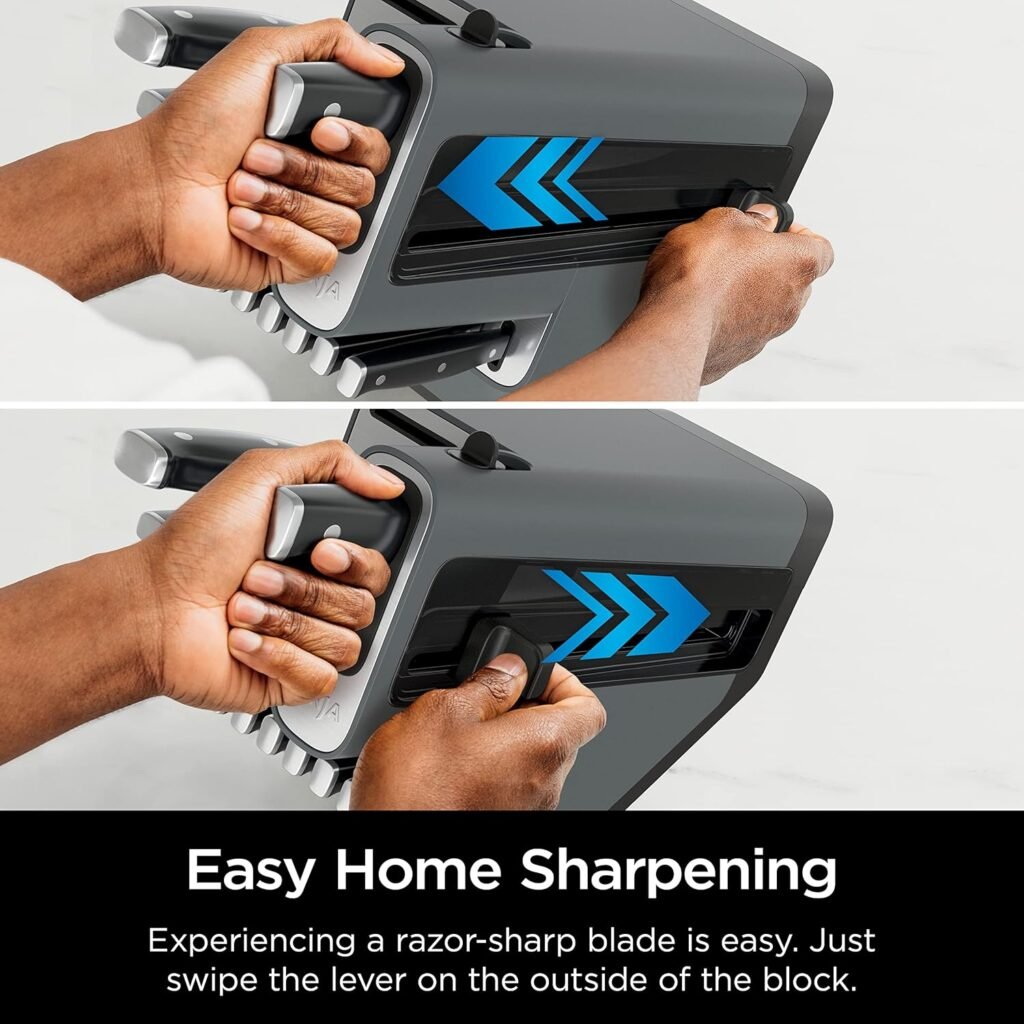
Your grip style can also affect which knife feels the most comfortable. For those with a pinch grip, where the thumb and forefinger pinch the blade, a knife with a bolster will provide added balance and support. On the other hand, if your preference leans towards a handle grip, opt for knives with a more curved handle to accommodate your hand shape. When choosing knives, it is crucial to prioritize quality and safety features. Established brands like Wüsthof, Shun, and Victorinox offer a range of high-quality options across different price points. For budget-conscious cooks, brands such as Mercer and J.A. Henckels provide reliable knives without breaking the bank.
Moreover, look for safety features such as non-slip handles and durable blade materials to ensure that your kitchen knife remains both practical and safe throughout its use. The right knife can significantly enhance your cooking experience, making it a worthwhile investment.
You may also like: Top 4 Chef Knife Sets
Practicing Your Knife Skills: Exercises and Techniques
Honing your knife skills is crucial for both efficiency and safety in the kitchen. A well-developed technique not only speeds up food preparation but also significantly reduces the risk of accidents. One of the foundational aspects of mastering knife skills is to ensure a proper grip. The pinch grip, where the thumb and index finger pinch the blade while the other fingers wrap around the handle, is widely recommended for control and precision.
To practice, start with simple exercises. For dicing, select a firm vegetable like an onion. Begin by cutting it in half and securing the half with your hand positioned firmly on top, using your knuckles as a guide. This technique not only safeguards your fingers but also enhances your cutting accuracy. Proceed to create slices across the onion, following the same grip alignment. Repeat the process, varying the size of the cuts to improve dexterity.
When chopping herbs, focus on maintaining a consistent motion. Instead of lifting the knife completely off the cutting board, utilize a rocking motion. By keeping the tip of the knife grounded and lifting the handle up and down, you can chop herbs more quickly, which is particularly useful when working with multiple ingredients. For additional safety, ensure that your cutting board is stable; using a damp cloth underneath can prevent slipping.
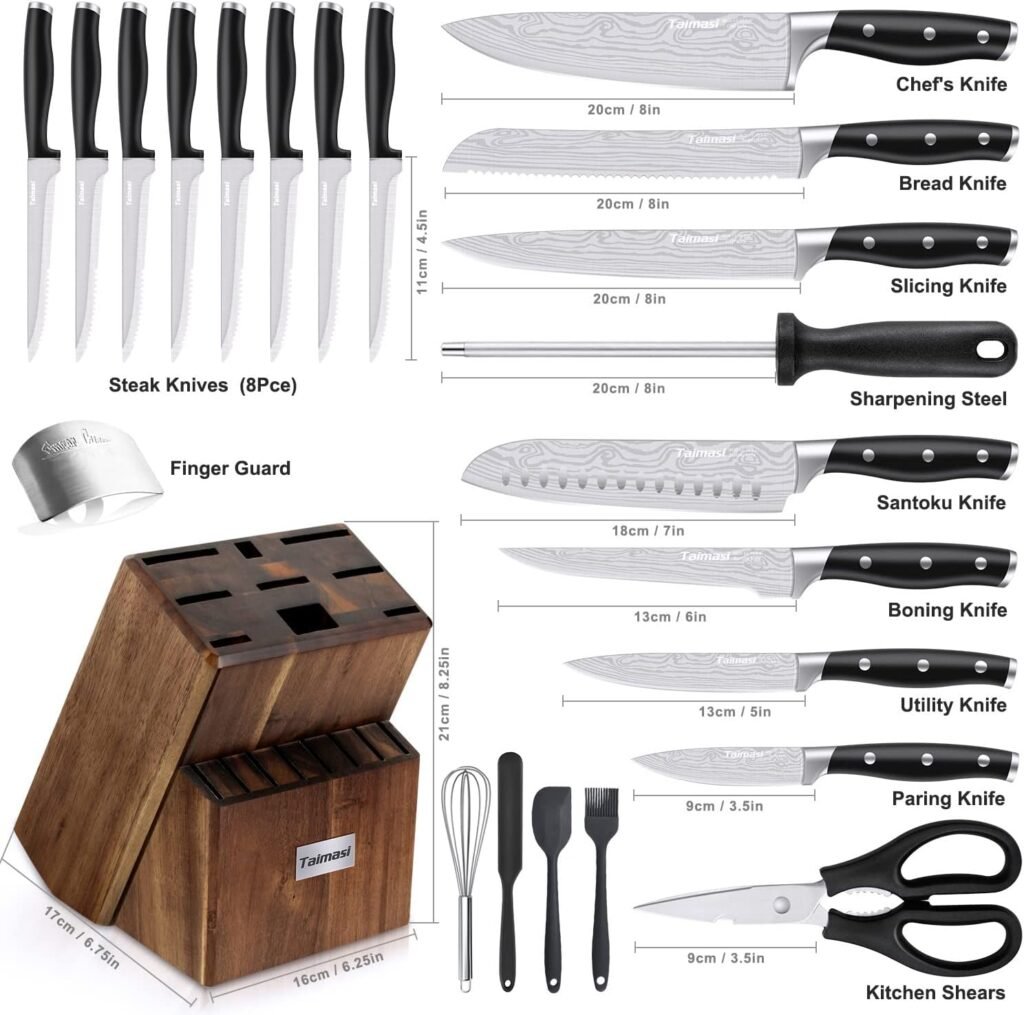
Furthermore, invest in a good quality knife sharpener. A sharp knife significantly enhances control, allowing for cleaner cuts and reducing the effort needed to slice through foods. Remember that your tools play a substantial role in honing your knife skills. Other recommended tools include a sturdy cutting board, ideally made from wood or plastic, as these materials provide a good balance of durability and safety.
Practice regularly, focusing on precision and comfort with your grip. Over time, you will build the confidence needed to handle a knife effectively, ensuring both safety and efficiency in your kitchen endeavors.
